Siena may be my favorite city in Italy, so of course I took interest when the Metropolitan Museum announced its exhibition Siena: The Rise of Painting, 1300–1350. But then I kept putting off seeing it until a friend casually mentioned it was the last weekend, so Andy and I hastened uptown to check it out.
It was a suitably scholarly survey of the handful of artists who emerged during this brief period before the plague started wiping out the population. Most artwork that has survived from that period was created for churches, so of course its subject matter comes from Biblical narratives. There are only so many Madonna and Child images I can hold in my head, so I’m always looking for minute variations. I was intrigued to encounter a name I’d never heard before: Ansanus, the patron saint of Siena, who was scourged, thrown into a pot of boiling oil, and ultimately beheaded by the Roman emperor Diocletian. He shows up in the massive altarpiece created by Ducco di Buoninsegna, one of the four artists on whom this show concentrated. The others were Pietro and Ambrogio Lorenzetti, and Simone Martini.
One of Ambrogio Lorenzetti’s canvases caught my eye, one of those multi-image paintings that tells a story, a la medieval tapestries. A young boy falls ill, his malaise depicted as a winged creature choking him, and is resuscitated by Saint Nicholas, his healing powers represented as rays shooting from his mouth and hand.
I was also struck by The Mystic Marriage of Saint Catherine by Barna da Siena, which includes a lower panel with three entertaining scenes: Margaret of Antioch beating the shit out of the devil with a hammer;
two knights exchanging a kiss of peace that reminds me of Rodin’s sculpture of two figures whose kissing faces melt into one;
and Michael the archangel slaying the dragon while rocking a frock that could have been designed by Sylvan Robinson.
Then there was this beautiful swatch of red and gold velvet from Iran representing some of the treasures exchanged along the Silk Road, along which Siena was a key stop.
It was a short walk from Siena to Egypt – that is, to Flight into Egypt: Black Artists and Ancient Egypt, 1876–Now, a very ambitious, thoughtful, and beautifully executed exhibition that, as they say, “does what it says on the tin.”
Curated by Akili Tommasino with McClain Groff, the show explores the impact of Egypt on the imaginations of painters, sculptors, musicians, filmmakers, and other artists. Some highlights that leapt out at me from this luscious, lively show:
· Simone Leigh’s monumental bronze Sharifa;
· Two untitled collaged columns by Lauren Halsey;
· This snazzy Nefertiti-shaped disco ball that presides over a screening room showing video clips of Alice Coltrane, Beyoncé, and others.
There’s a campy excerpt from Space Is the Place, a silly 1974 sci-fi film in which Sun Ra emerges from a spaceship. And a neon Nefertiti by Awol Erizku blesses you as you leave the exhibition.
On any casual stroll through the Met, random artworks will catch your eye, like this painting by Gustave Moreau called Oedipus and the Sphinx (1864), offering entirely novel images of those mythological figures.
I couldn’t help noticing this peculiar painting by Otto Friedrich. The wall plaque mildly describes it as one of a series “in which nude figures evoke different passages of music” but declines to speculate as to what is going on among the dancers in the picture.
Andy wanted to make a pilgrimage to the room where Madame X hangs alongside other spectacular John Singer Sargent portraits, which also meant passing by another of his favorites, these gorgeous Tiffany windows.
A Saturday afternoon well-spent.
If you are enjoying these posts, please consider becoming a subscriber. All eyes are welcome, and I especially appreciate paid subscriptions. They don’t cost much — $5/month, $50/year — but they encourage me to continue sharing words and images that are meaningful to me. If it helps, think of a paid subscription as a tip jar: not mandatory but a show of appreciation.

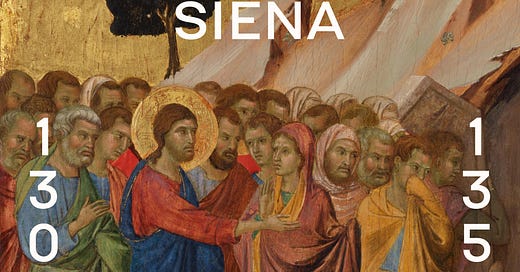




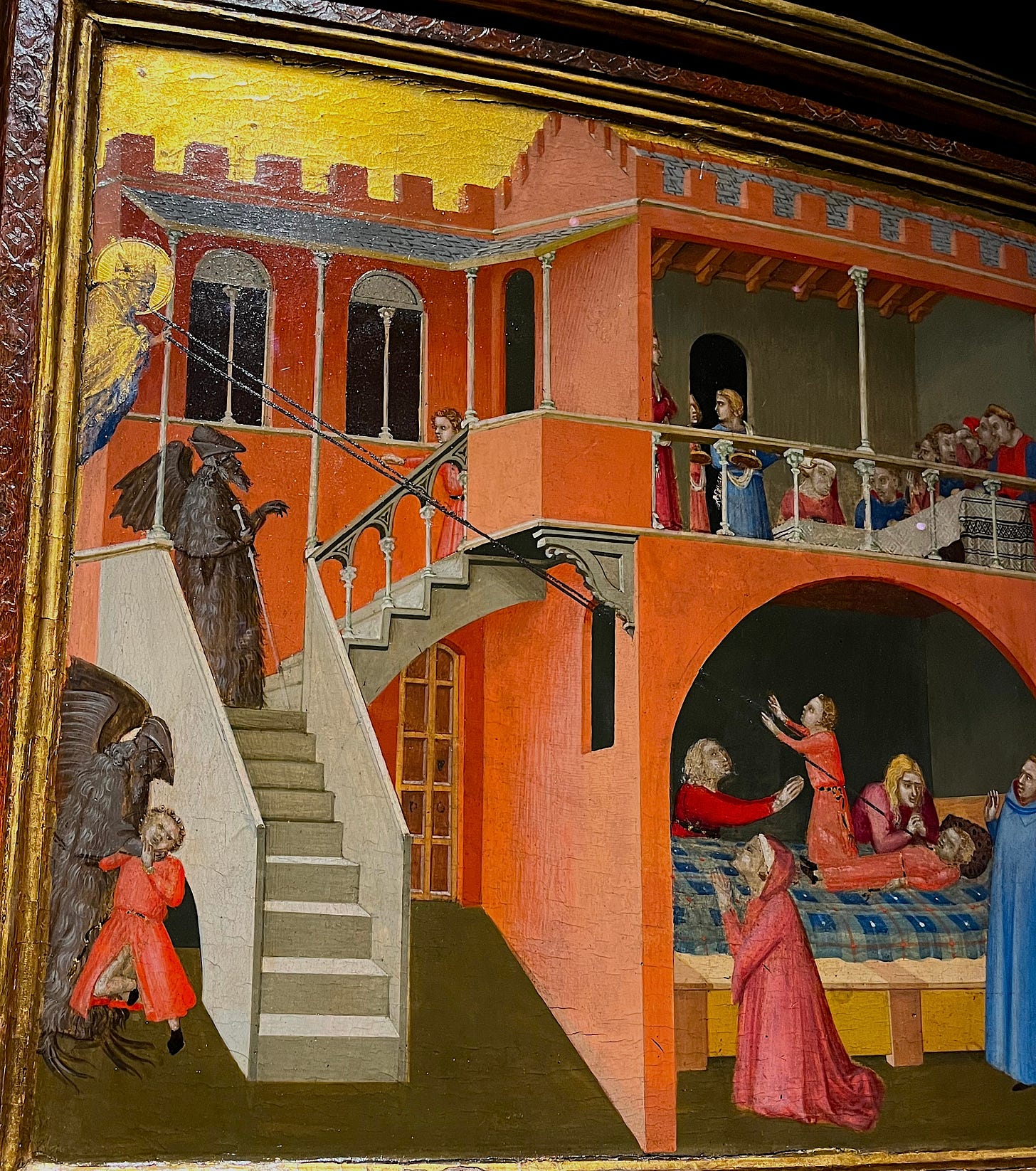
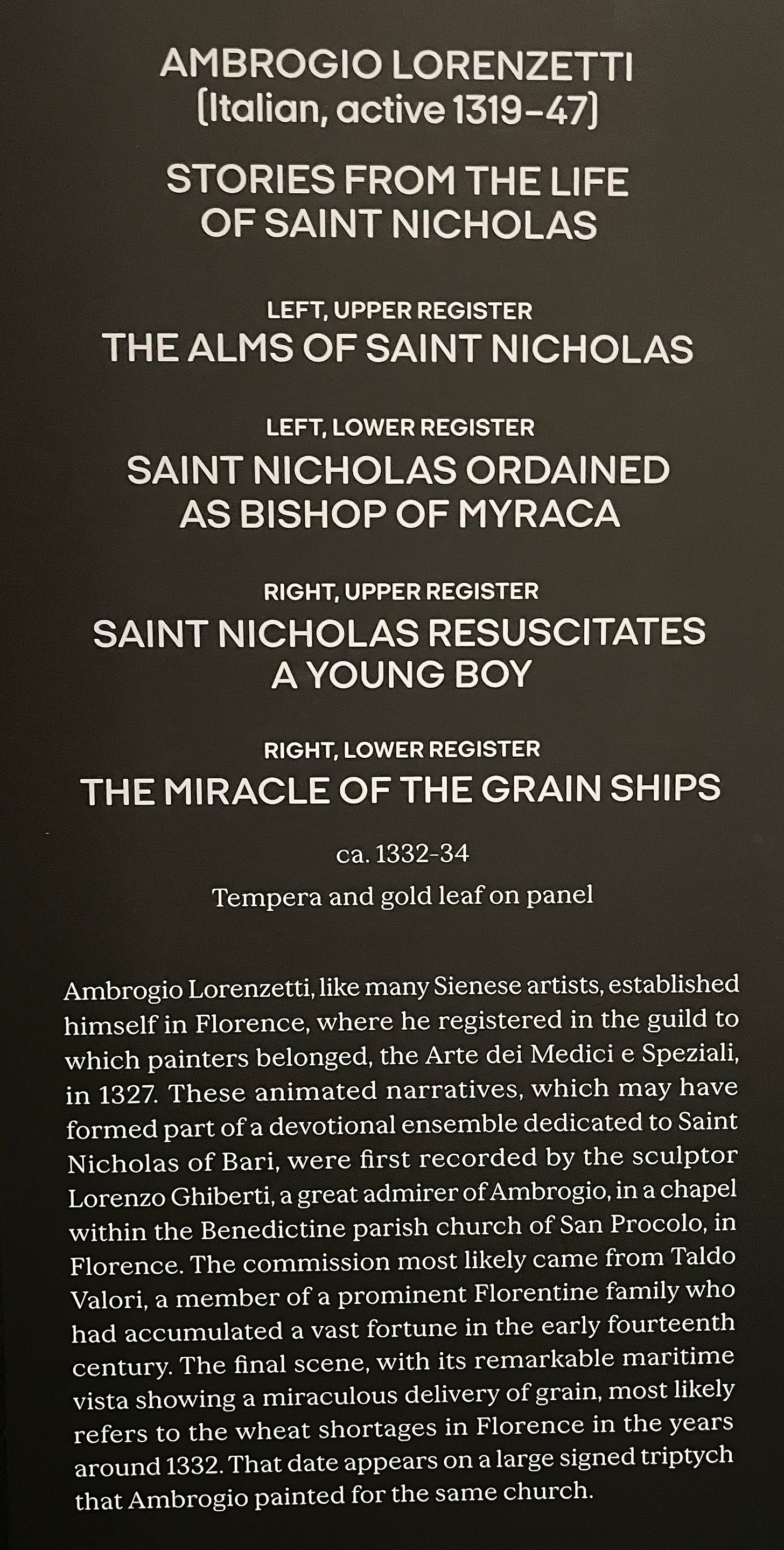
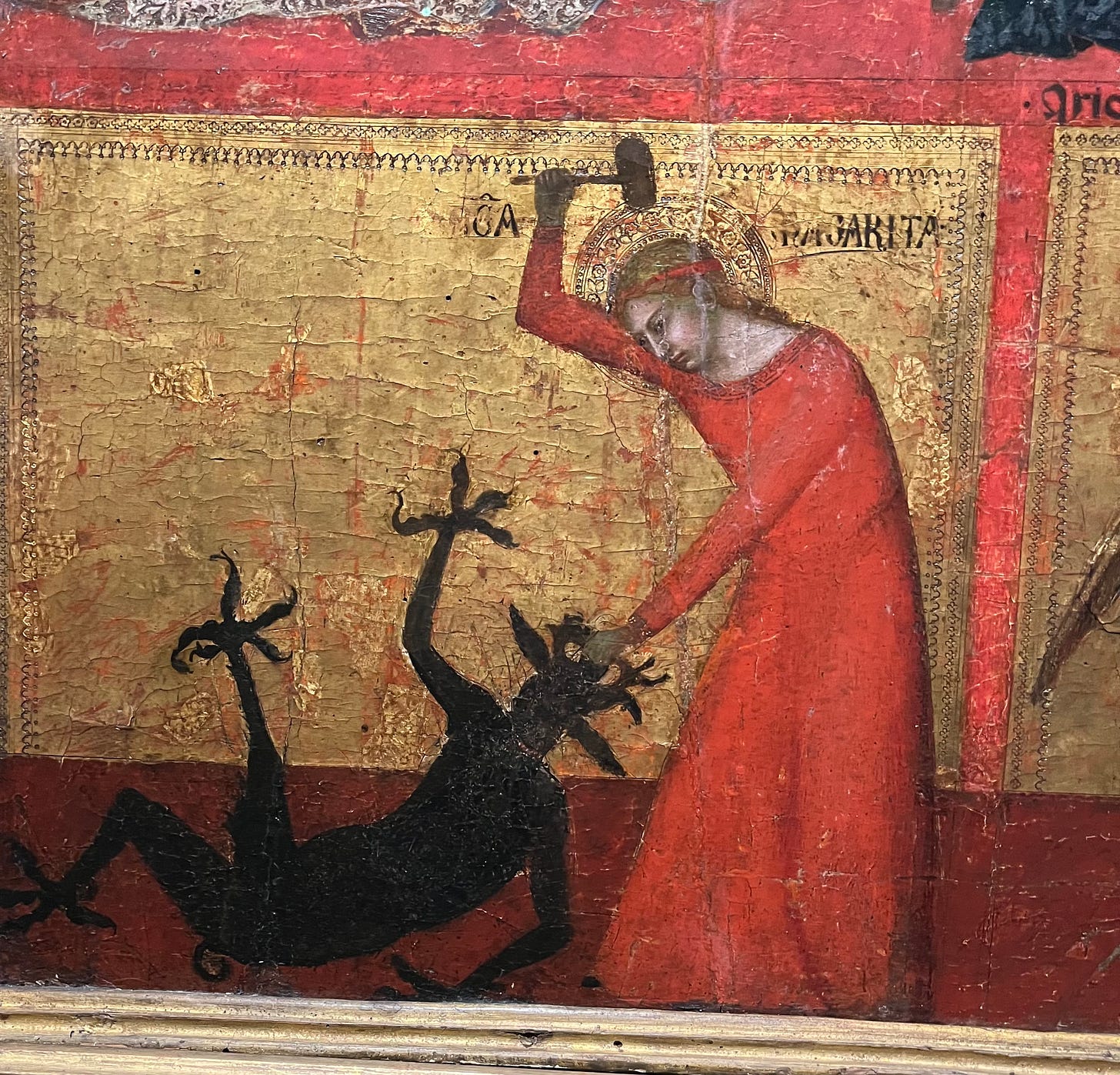
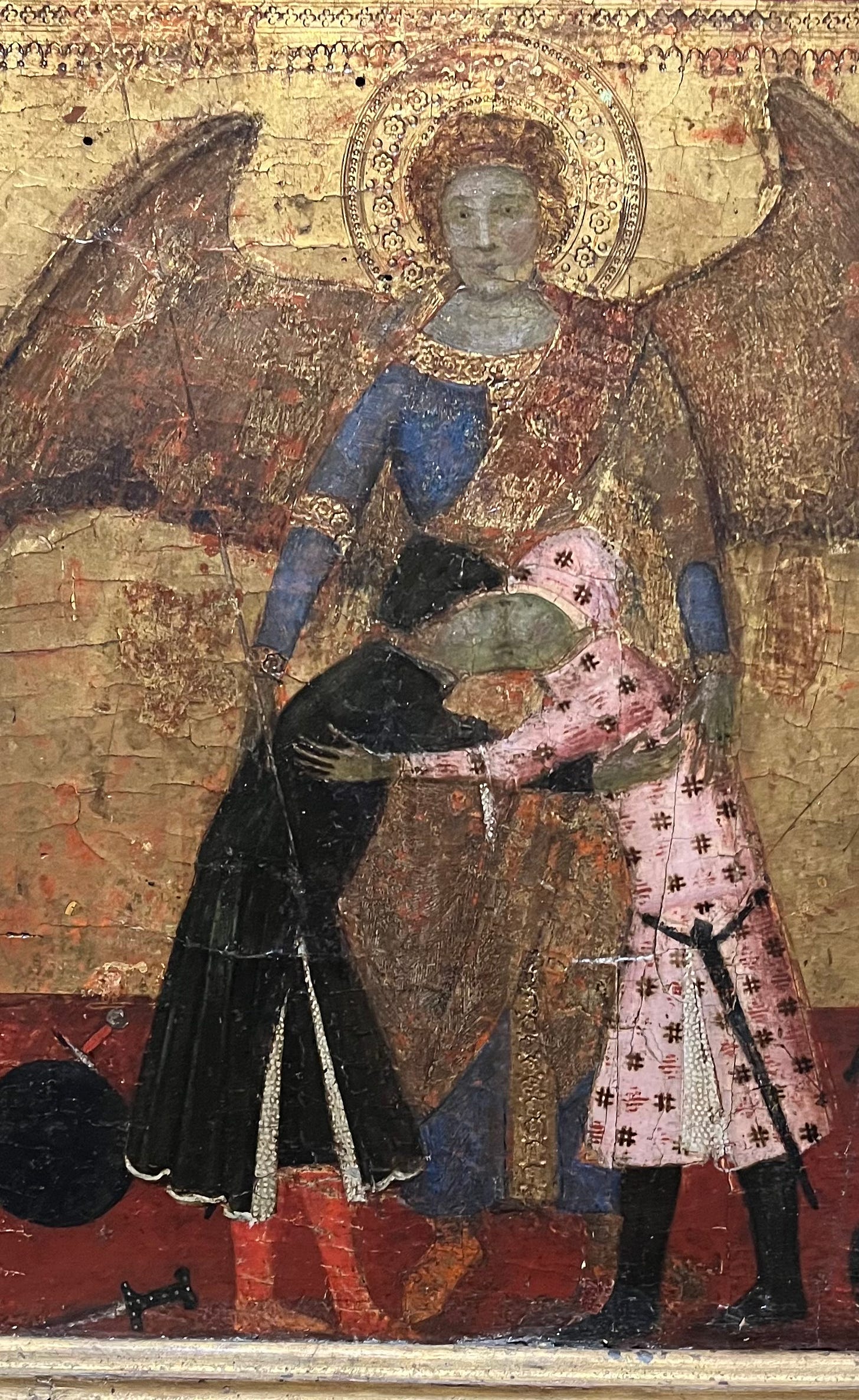
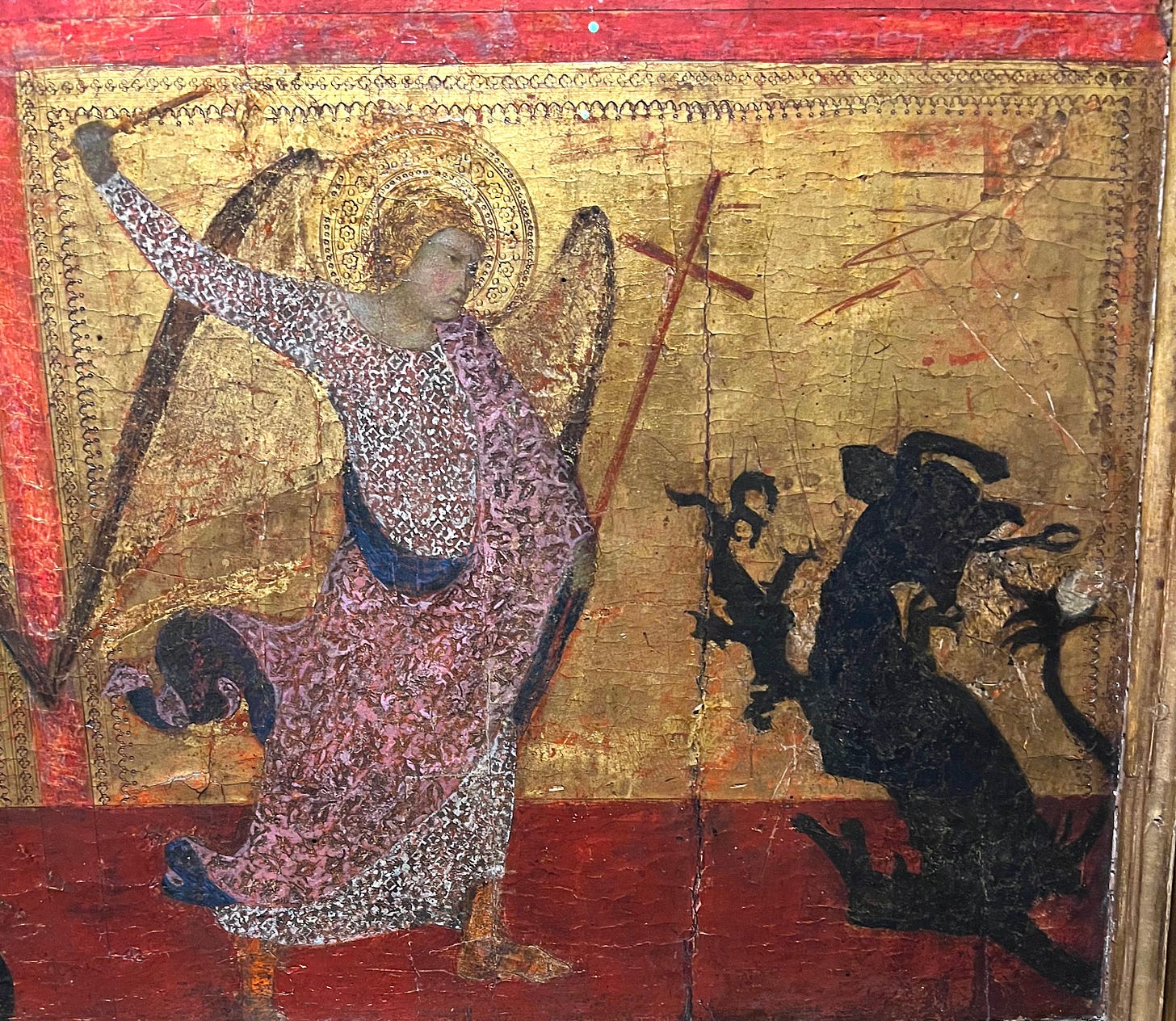
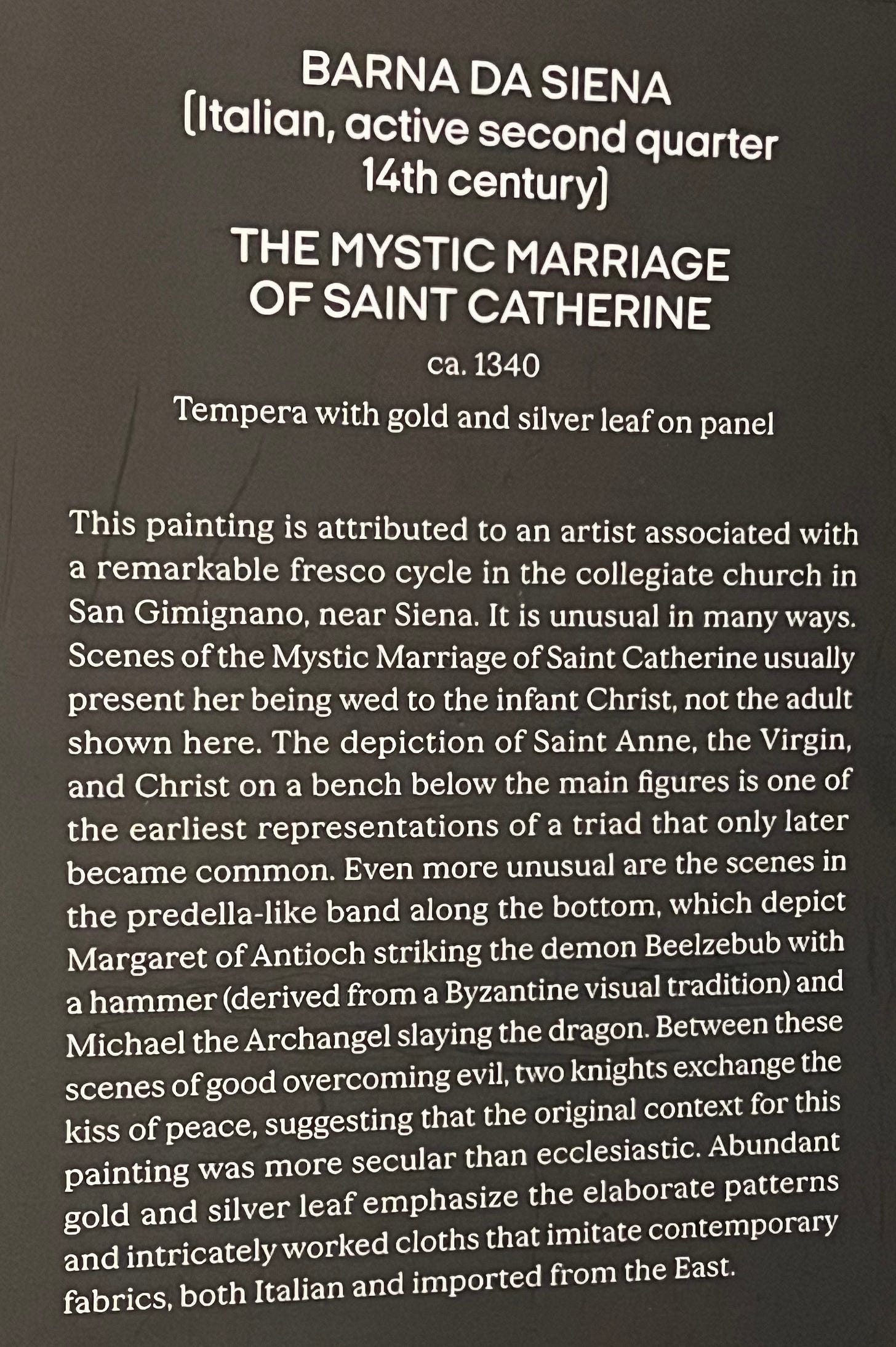
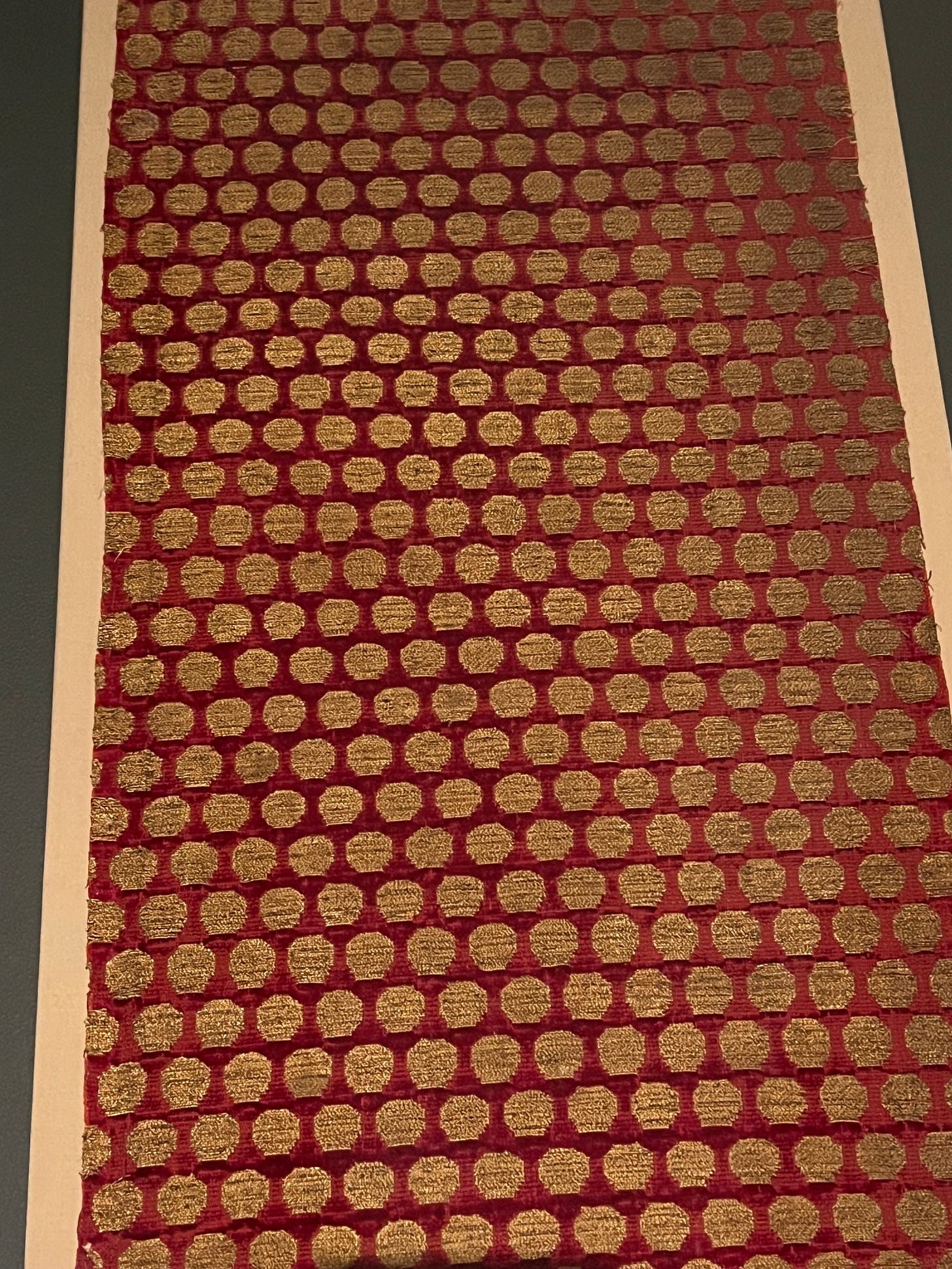

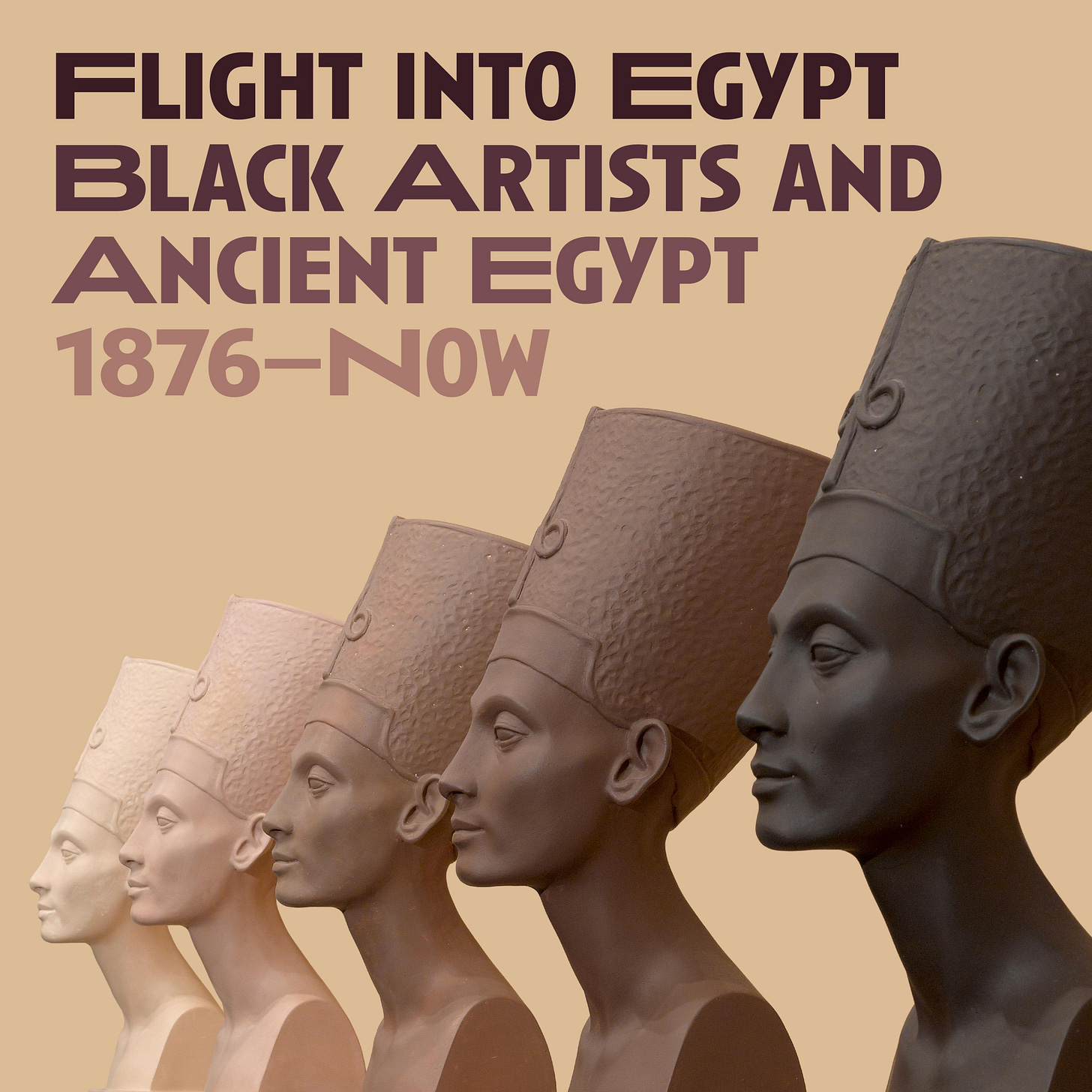
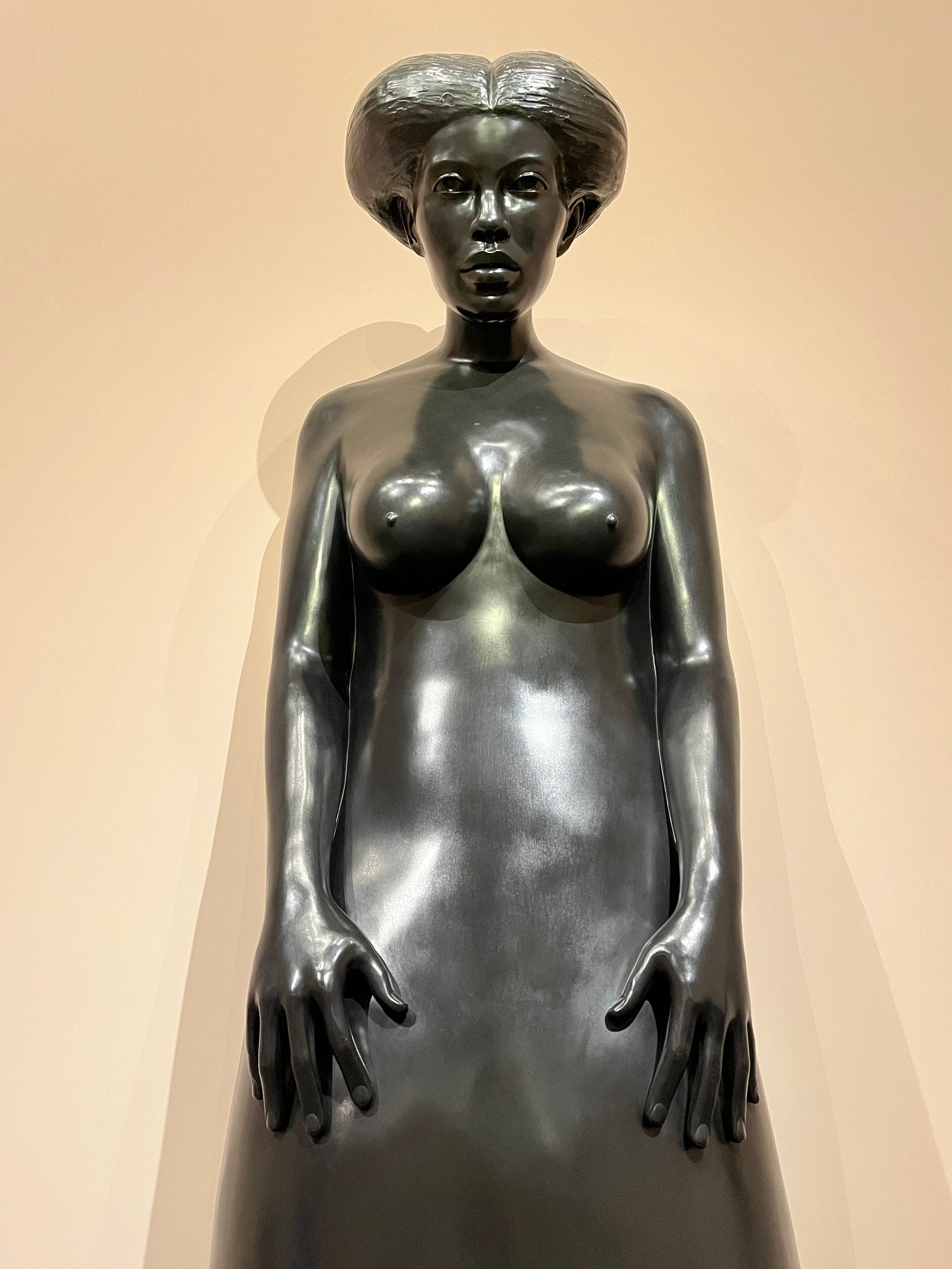
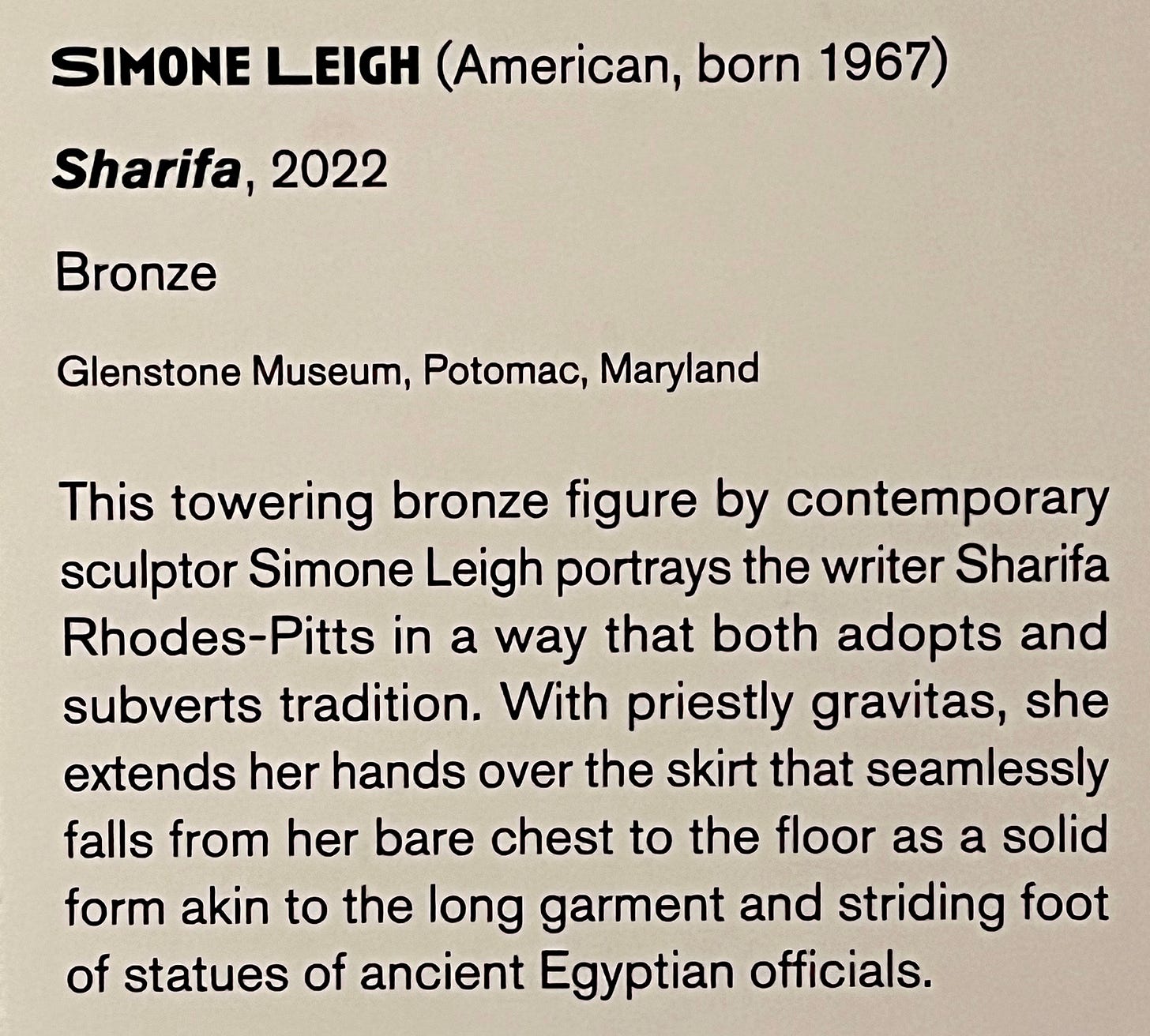
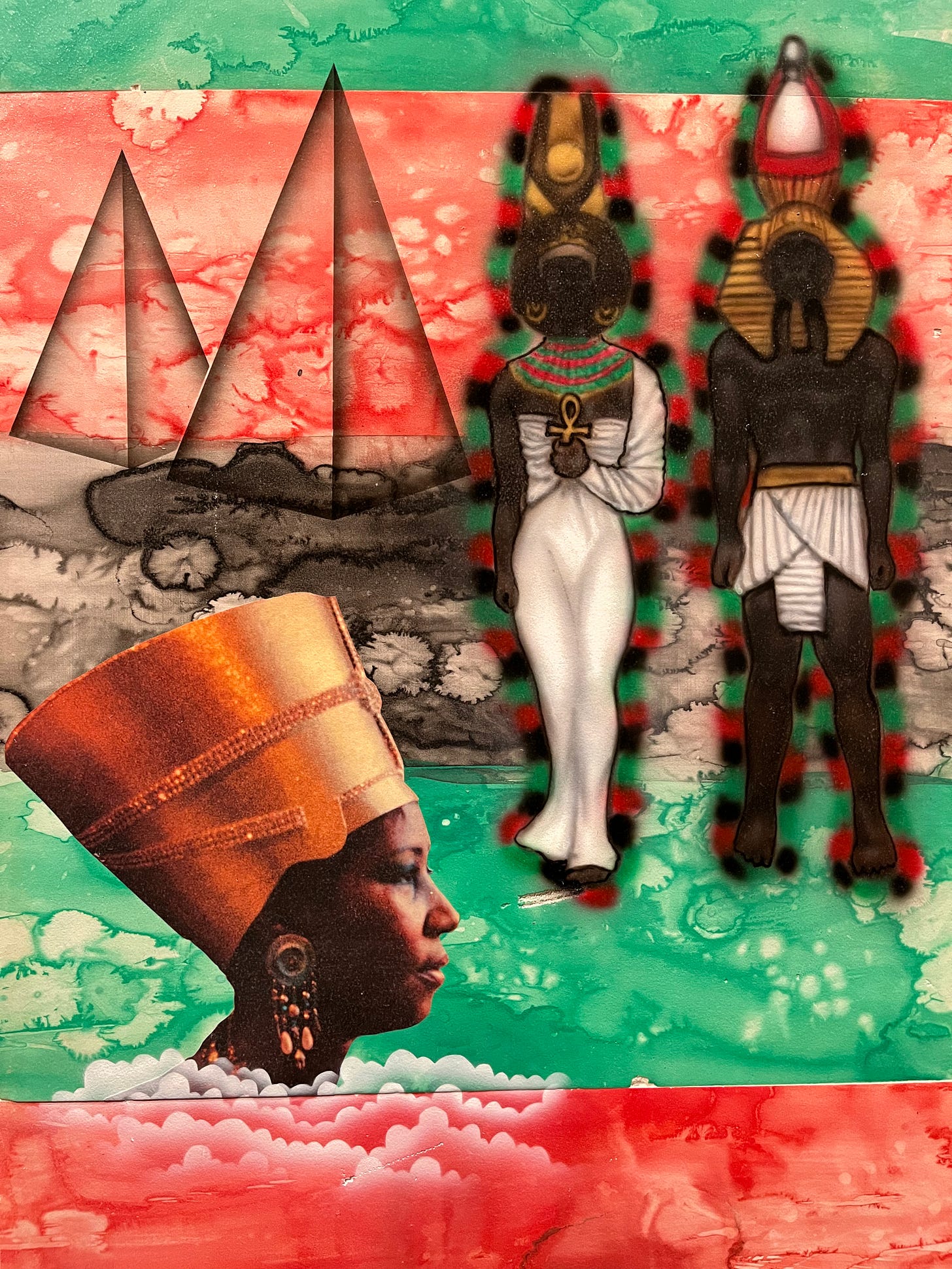
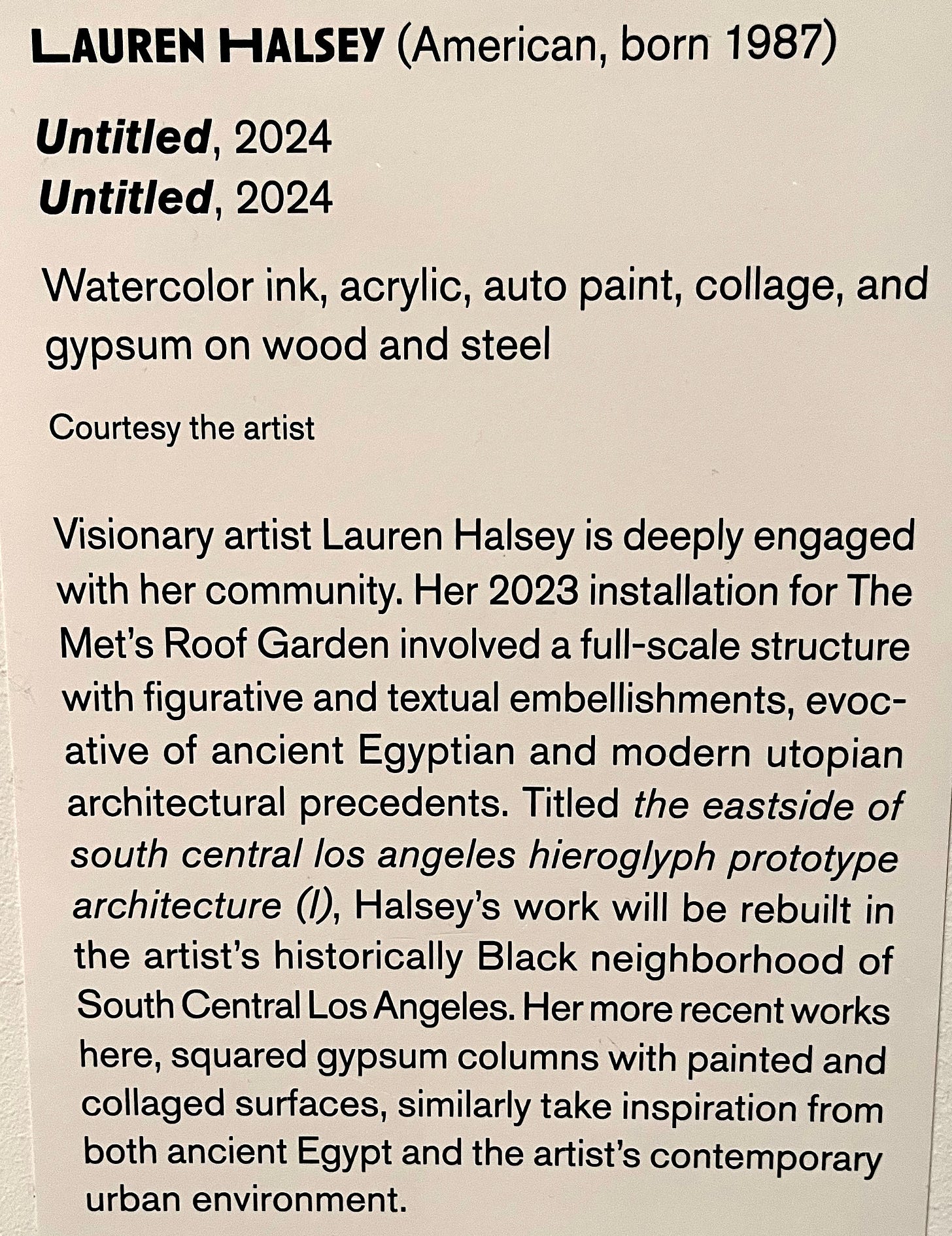
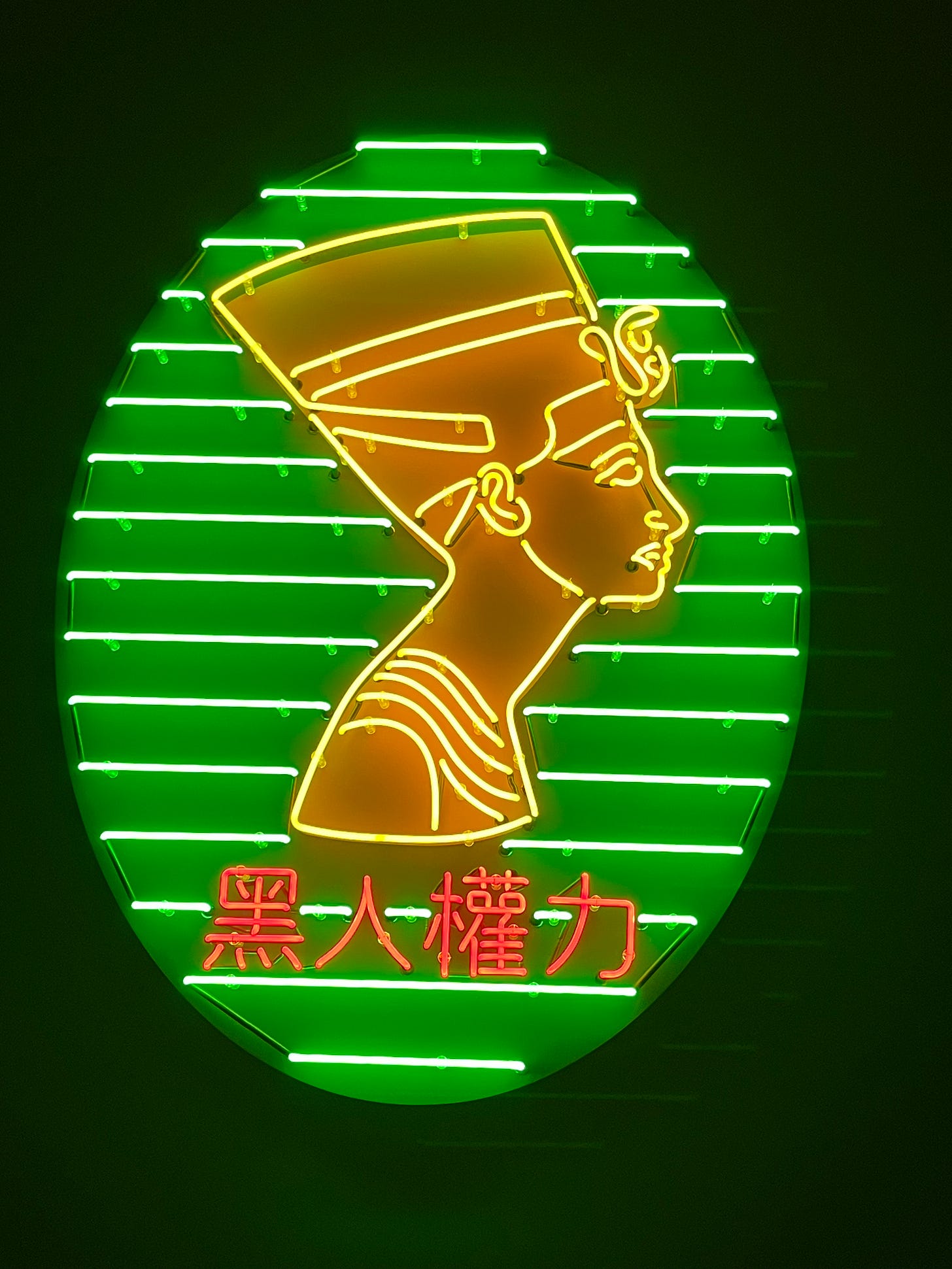
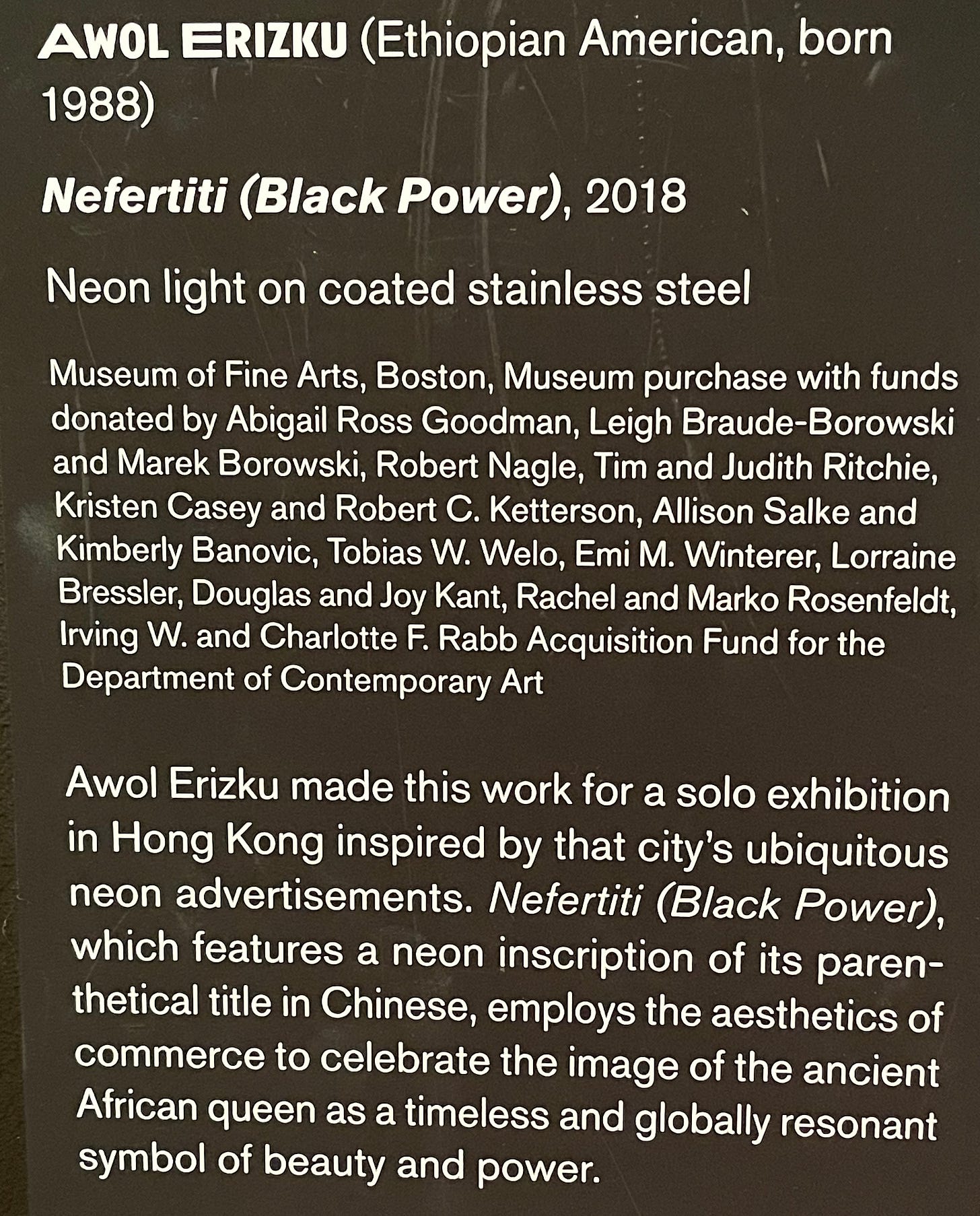
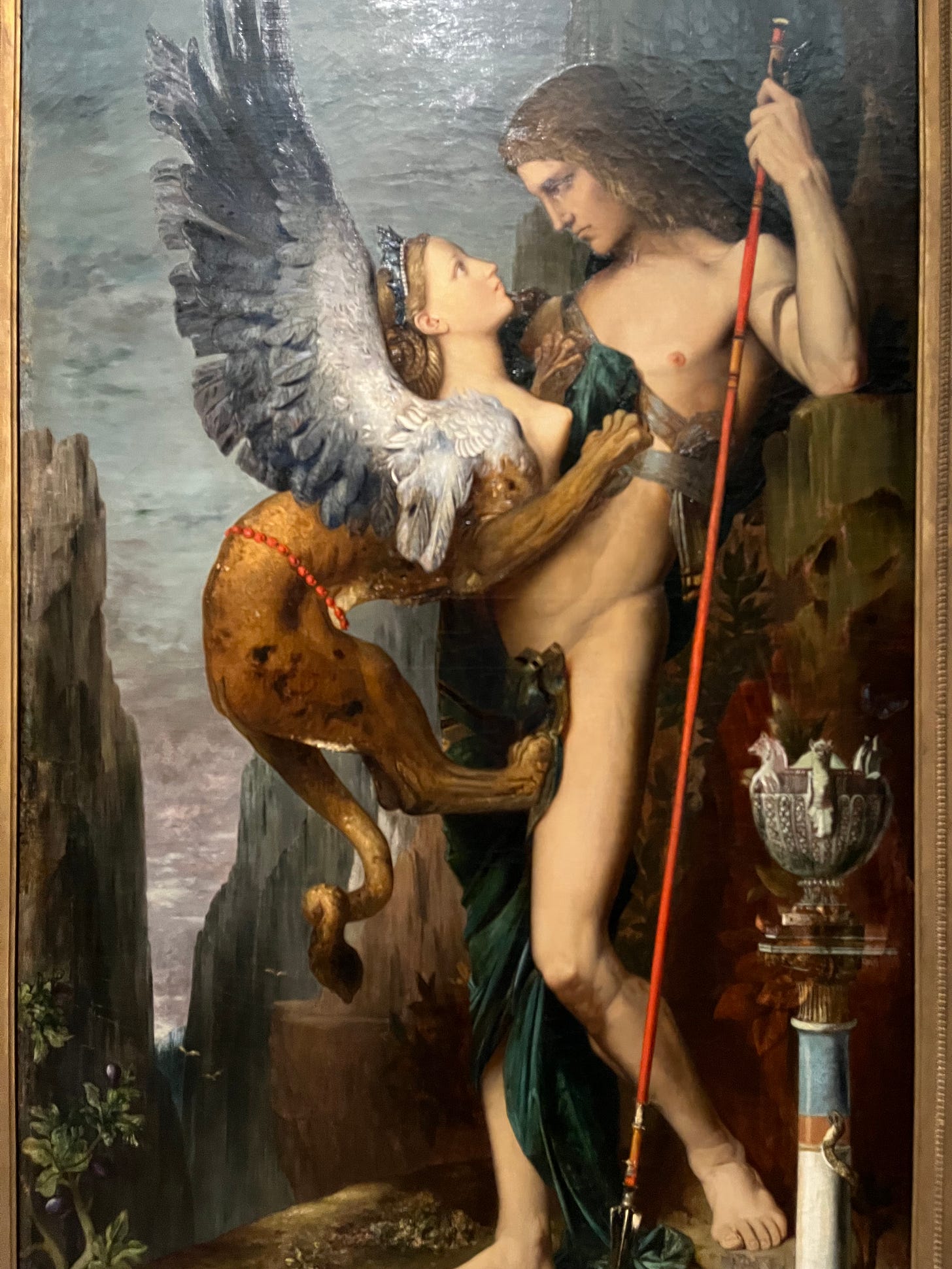
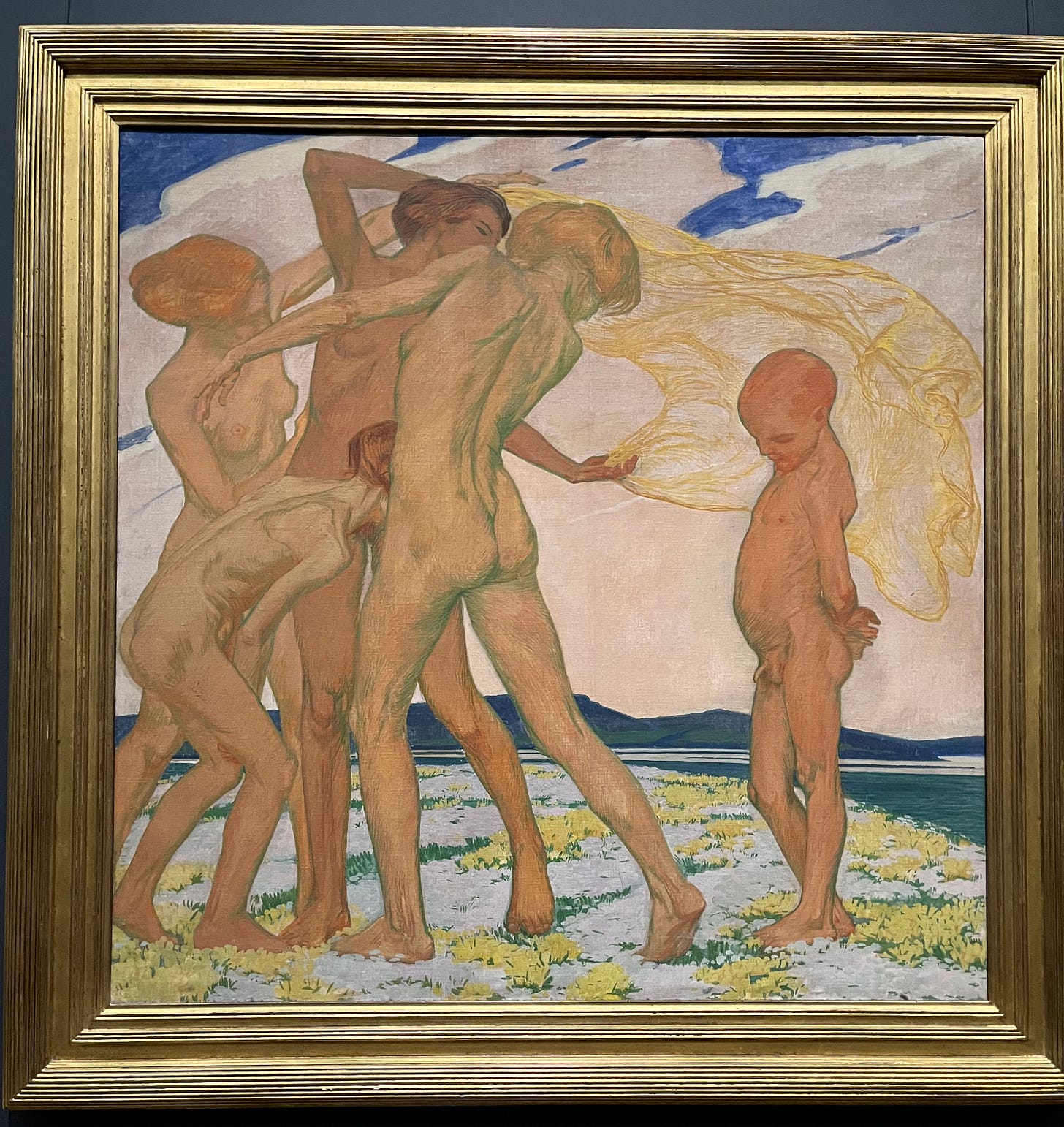
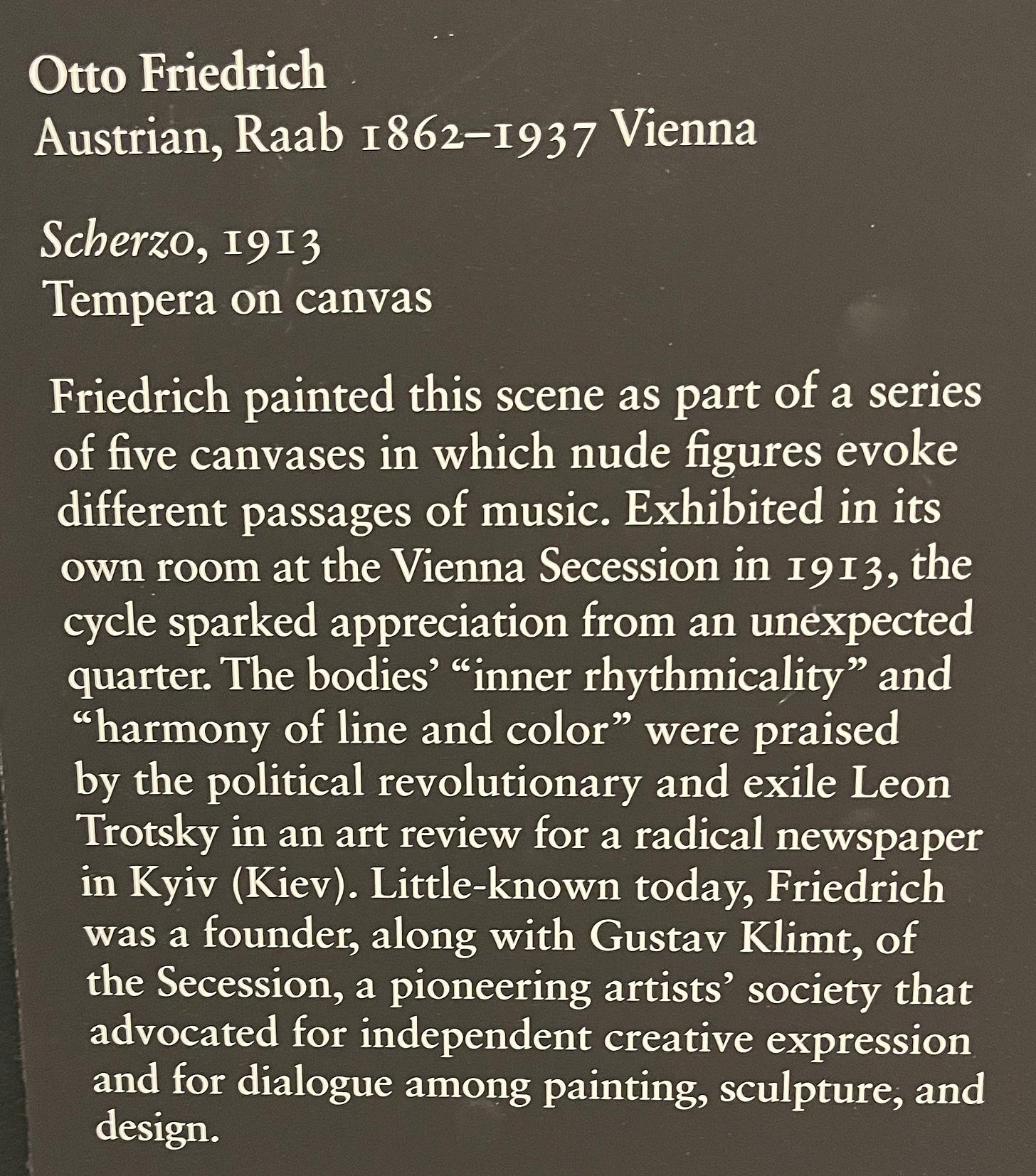
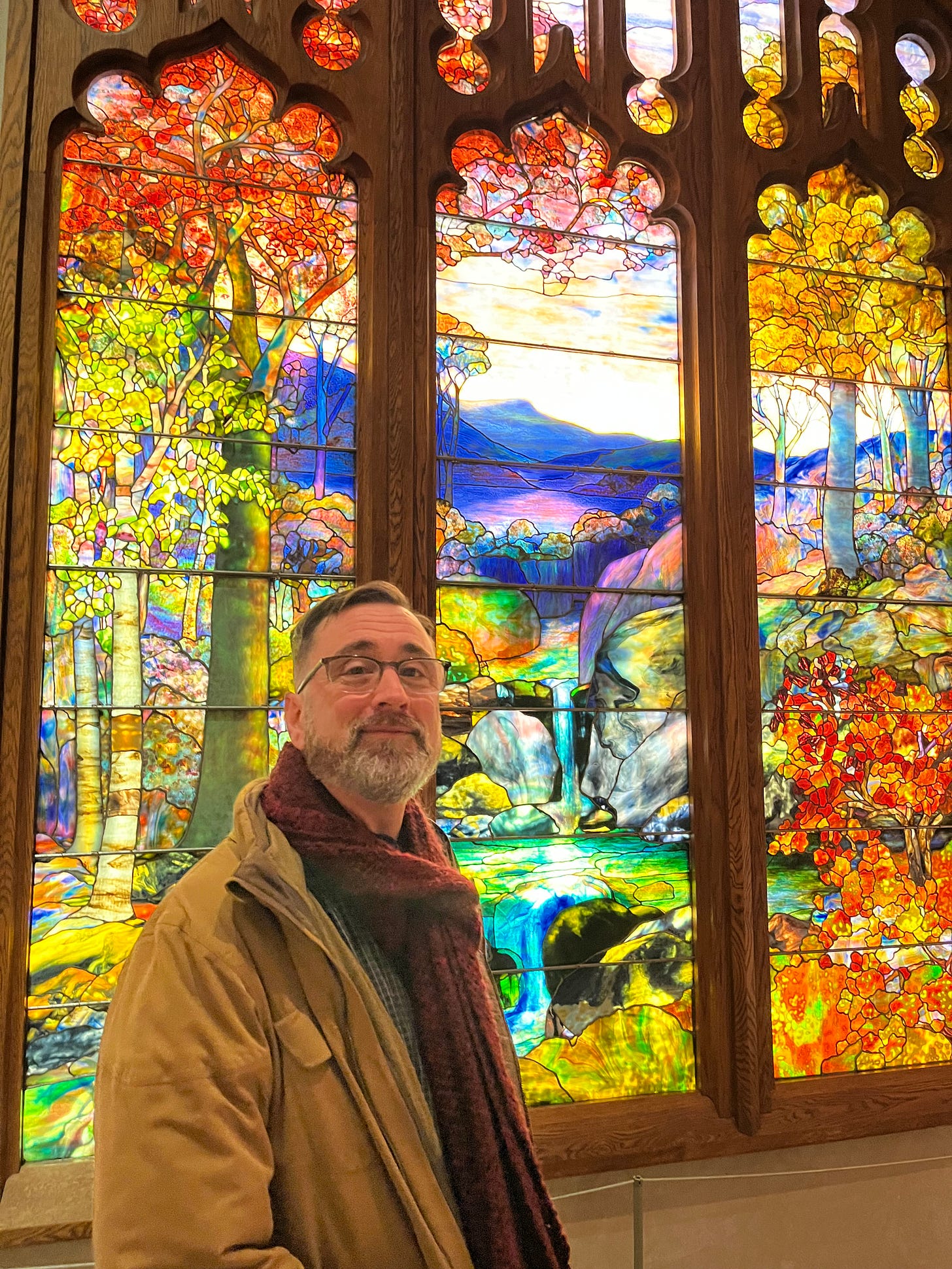
Love Nature, Music and Art